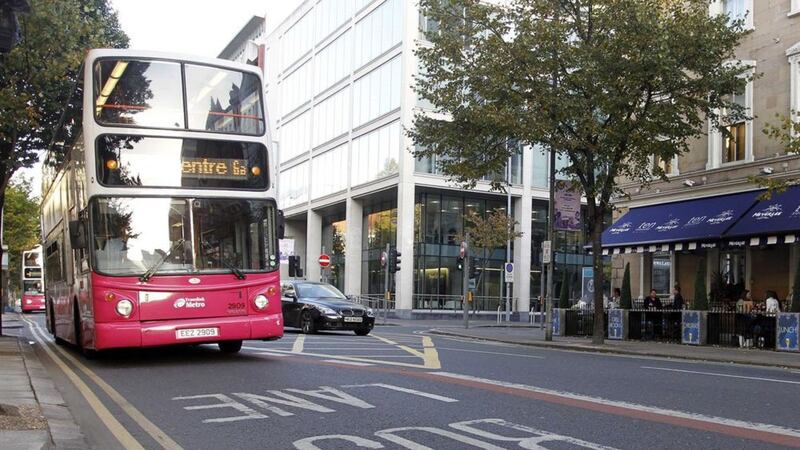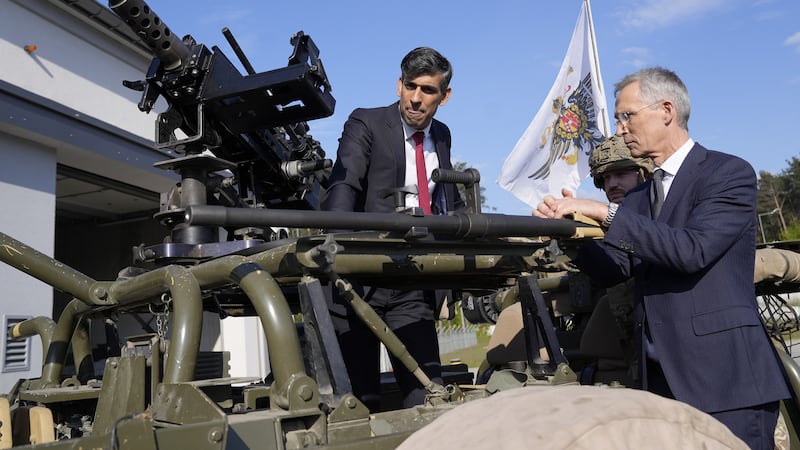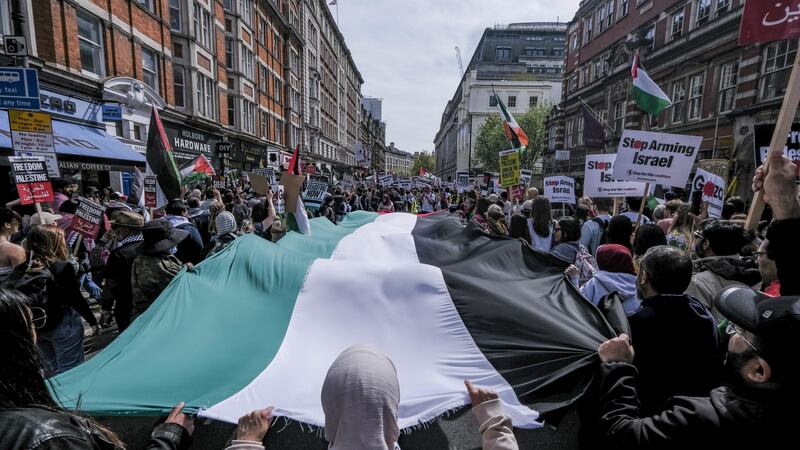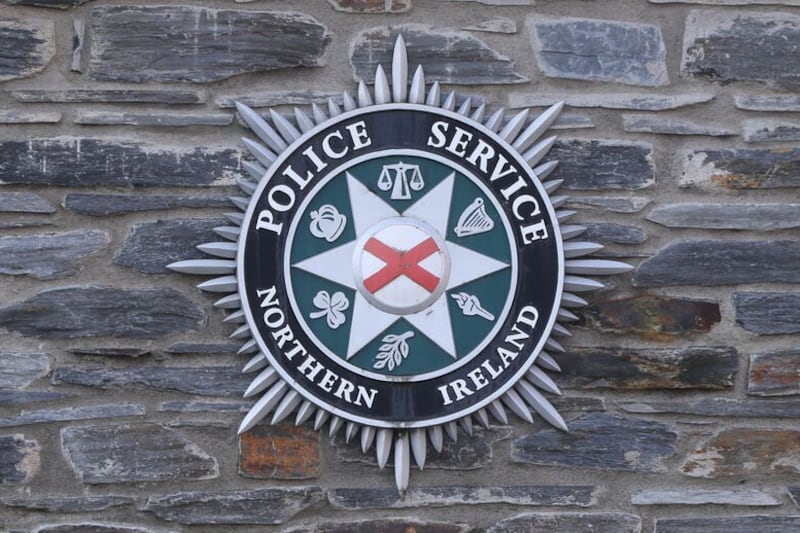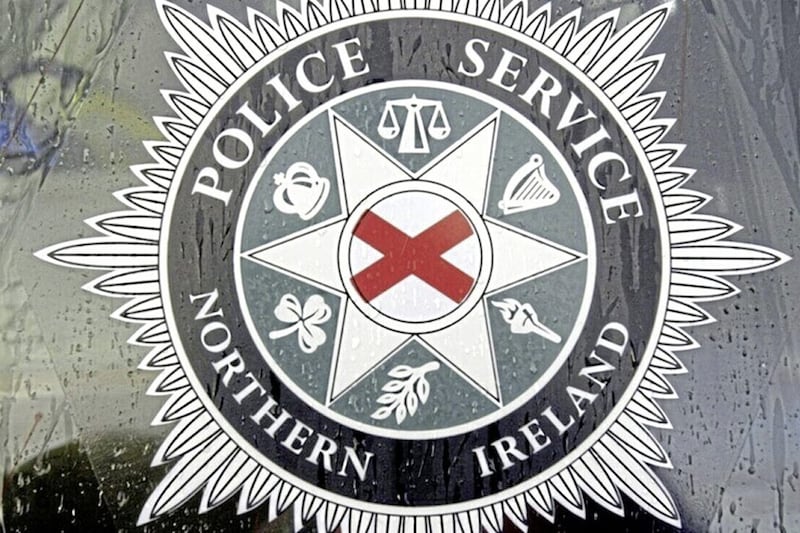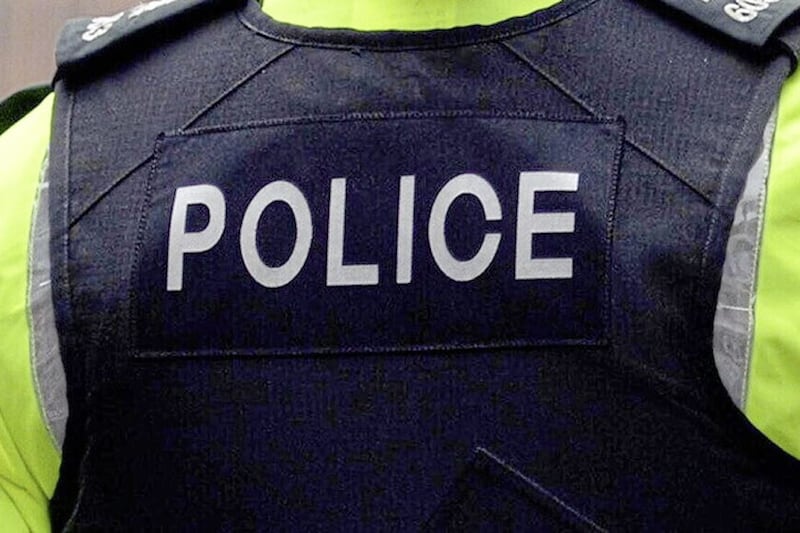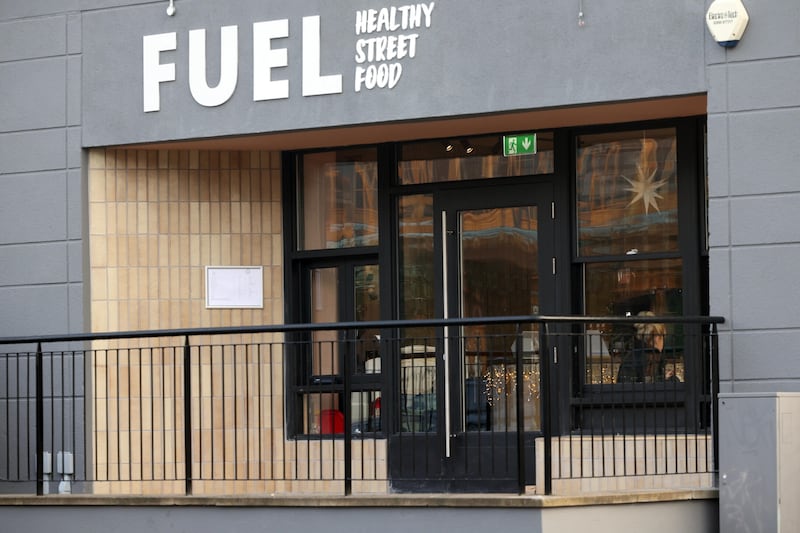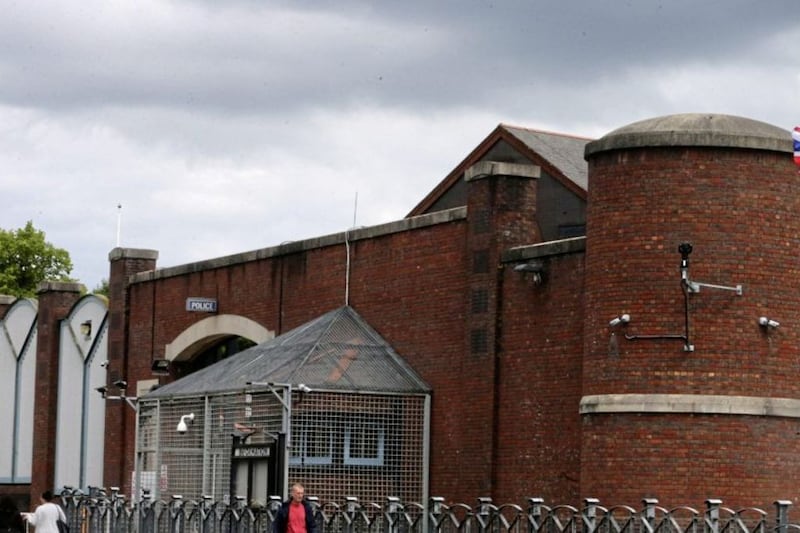AVERAGE bus speeds in Belfast have increased by just 4km per hour in two years despite the extension of dedicated bus lanes, The Irish News has learned.
New 'high-speed' lanes put in place in recent years have led to complaints of delays for motorists, confusion as well as tens of thousand of pounds in fines.
Figures from the Department for Infrastructure show that speeds on all of the 12 Metro routes have increased between 2013 and 2015, when many new lanes were introduced in the city centre.
The average speed of a bus in Belfast last year was 17.4km per hour, up from 13.6km in 2013.
The biggest increase was on the Falls Road, with the average speed jumping by 6km in two years.
On three routes - Shankill Road, Oldpark Road and Cregagh Road - the increase was just 1.5km per hour.
On the Saintfield Road in south Belfast, speeds rose by just 0.5km per hour between 2013 and 2014.
There are now 60 bus lanes in Belfast, many of them introduced in the city centre last year.
Prior to 2013, monitoring of four out of five routes for which figures were available - Lisburn Road, Newtownards Road, Antrim Road and Falls Road - showed a dip in speeds despite the presence of bus lanes.
All of the routes have since seen an increase, although buses on the Lisburn Road in south Belfast are still travelling slower than they were in 2001.
Almost £1 million was collected in fines from drivers entering new 12-hour bus lanes in Belfast city centre in the first four months of their operation last year.
Infrastructure minister Chris Hazzard said monitoring of bus lanes is undertaken every October by his department.
"Bus speeds for 2015 show a significant increase on 2013 and 2014 speeds across all corridors."
Mr Hazzard added: "In addition, on the five corridors which have been monitored since 2001, there is an increase from 2001 to 2015 on all monitored corridors, except the Lisburn Road."
A spokeswoman for the Department of Infrastructure said there were three locations on the Lisburn Road where buses were being slowed considerably - approaching traffic lights at Finaghy crossroads, approaching Tate's Avenue junction, and from Methodist College to the City Hospital.
"The first two locations are slow due to the competing demands of traffic at the junctions, whilst at Methody the demand for pedestrians crossing the road during the peak period will contribute to slow bus speeds."
